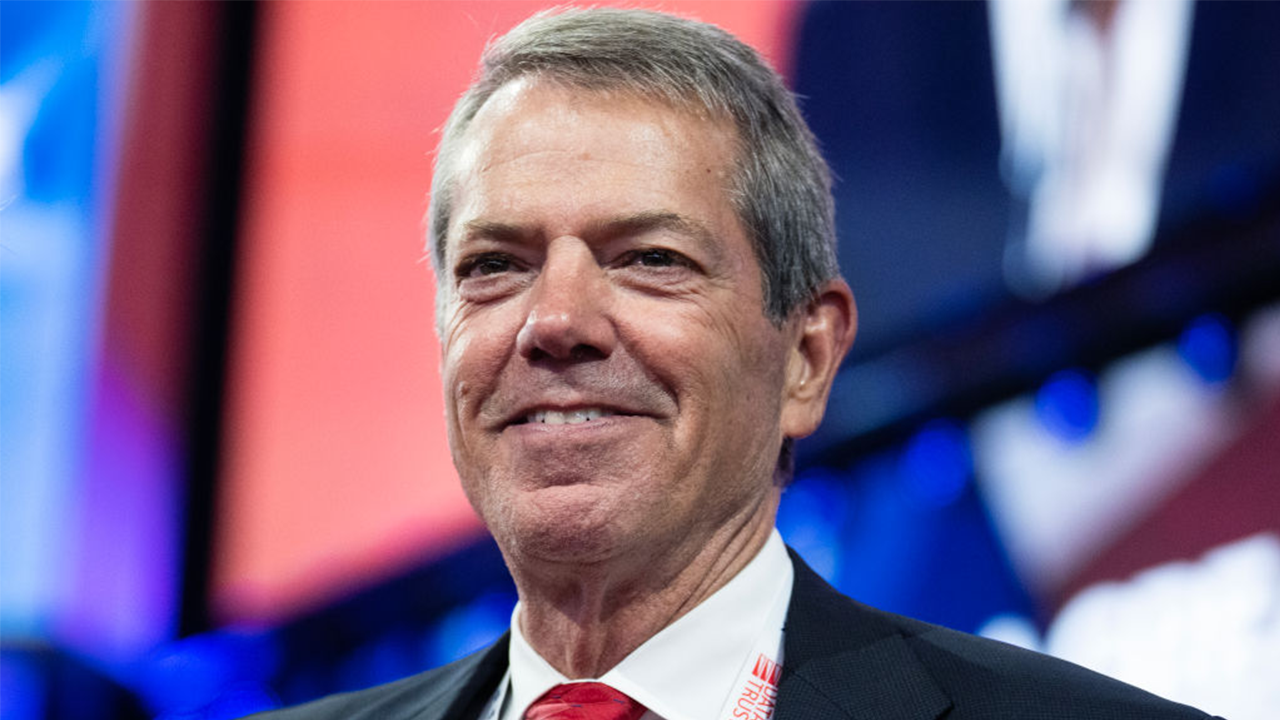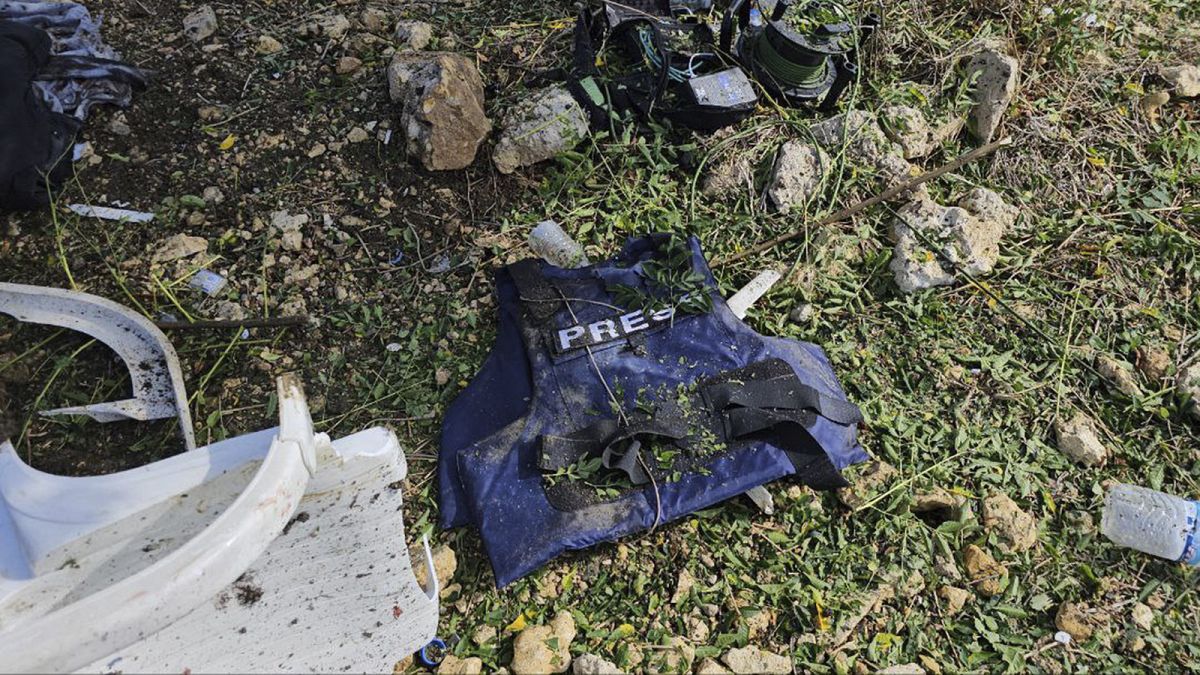SIOUX FALLS, S.D. – Officials in South Dakota’s largest county dealt a blow to opponents of two carbon pipeline companies with a vote to set shorter-than-requested spaces between homes and pipelines in their first-ever set of rules for such projects.
Minnehaha County commissioners convened Tuesday to take up the issue of setbacks in a long-debated pipeline ordinance. It arose from the controversy surrounding efforts by Summit Carbon Solutions and Navigator CO2 Ventures to ship pressurized carbon dioxide from Midwestern ethanol plants to underground sequestration sites.
Just four Minnehaha County Commissioners were present two weeks ago for what was meant to be a final vote on a draft pipeline ordinance that passed the county’s planning and zoning commission unanimously. That original version sought to put 750 feet between rural property lines and pipelines, with further setbacks from cities. Were a pipeline to meet those setbacks, it wouldn’t need to request a special permit from the county — and face a public hearing — to build.
People are also reading…
Company representatives opposed those setbacks. The 750-foot distance, they said, would make it all but impossible to place their pipelines in Minnehaha County in the face of what’s become intense opposition to the projects, South Dakota Searchlight reported.
Distances debated
The commission never got to a final vote on its first set of pipeline siting rules at its May 23 meeting. Instead, it deadlocked on an amendment from Commissioner Joe Kippley that would have shortened that distance from property lines to 330 feet. Kippley pointed to federal guidelines that recommend evacuating areas 330 feet from toxic gases as a baseline for the figure.
Joining him was Commissioner Dean Karsky, with Commissioners Jen Bleyenberg and Gerald Beninga opposed.
That tie vote pushed a final vote back two weeks, at which point Commission Chair Jean Bender would be present to break the impasse.
After taking about 10 more minutes of testimony on Tuesday from landowners opposed to the shortened distance, Bender sided with Kippley and Karsky.
Opponents had argued that 750 feet was a “minimum” for safety and the promotion of continued economic development in the rapidly growing county.
Bender didn’t buy those arguments. She told the packed commission room that her goal was never to shut down pipelines, and that the original ordinance would have done that.
Bender pointed to a pipeline on 12th Street in Sioux Falls built decades ago, when the city that’s nearing 200,000 residents had just a fraction of the population.
“Reasonable people can very much disagree on this, but I don’t think pipelines hinder development,” Bender said.
Carbon pipelines would allow ethanol producers to take advantage of federal tax credits meant to address climate change by keeping heat-trapping carbon out of the atmosphere. The pipelines would also help producers sell ethanol in states with tighter regulations for emissions.
Differing paths
Opponents of the projects cite safety concerns, pointing frequently to a carbon pipeline rupture in Satartia, Mississippi, that sickened dozens of people. On Tuesday, some pointed to a recent two-day meeting of the federal Pipelines and Hazardous Materials Safety Administration, at which experts talked about the safety and potential regulatory adjustments that might be necessary in the face of a rush to build carbon pipelines for sequestration purposes.
Backers of the projects point to the economic value to South Dakota corn producers, who sell the majority of their crop for the production of ethanol. A recent report from the Dakota Institute estimated that together, the pipelines represent $3.3 billion in value across the life of the two projects.
County commissions do not have authority to grant state-level permits to pipeline companies. They can, however, regulate zoning and development, which includes setting allowable distances between pipelines and cities, churches, schools and homes.
Prior to the discussions on a pipeline zoning ordinance commenced more than a year ago, Minnehaha County had no rules in place for pipeline placement.
Counties have taken differing approaches to writing such regulations in the face of the controversial projects. Brown County was sued over a pipeline ordinance more restrictive than the one on offer Tuesday in Minnehaha County. A week ago, Lake County commissioners in Madison shot down the possibility of any ordinance to regulate pipelines.
Given that Minnehaha County will have rules now and had none before, Bender said, passing something before the state Public Utilities Commission (PUC) takes up the pipeline permits is important.
“We need to get an ordinance in place before that PUC process begins so we know the rules of the road in Minnehaha County,” Bender said.
The amendment to shorten the distance passed 3-2. Shortly thereafter, the entirety of the ordinance passed 4-1, with Beninga providing the dissenting vote.
Companies, opponents respond
After the vote, Navigator CO2 Ventures Vice President of Government and Public Affairs Elizabeth Burns-Thompson said the ordinance presents “an opportunity for additional dialogue” with the county.
“It would be nearly impossible to get through the county at 750 feet,” said Burns-Thompson, who was confronted and questioned by at least three opponents after the meeting.
In an emailed statement, Summit Carbon Solutions Director of Regulatory Affairs John Satterfield did not address any specifics on the ordinance, which his company spoke against two weeks ago — even after the shortened setbacks were proposed.
“The 3.3 million miles of pipelines in active service across the United States, including the nearly 12,000 miles in South Dakota, are extensively regulated at both the federal and state levels, and those regulations preempt ordinances at the county level,” Satterfield said. “Having a consistent process to oversee and regulate major infrastructure projects is important to ensure our economy continues to operate effectively.”
Pipeline opponent Betty Strom, meanwhile, was unimpressed by the commission’s final call. Strom is a Lake County landowner facing an eminent domain lawsuit from Summit. Strom, who also fought construction of the Dakota Access oil pipeline that now runs beneath her property, has been engaged with the push for pipeline ordinances in multiple counties.
Strom spoke of her disappointment with her own county commissioners for their decision to avoid any kind of pipeline ordinance, then decried Minnehaha County’s officials for passing what she sees as a watered-down ruleset.
After what she described as a year and a half of discussion on the issue with Sioux Falls-area leaders, she said the amended setbacks negate the value of anything else in the ordinance.
Strom is concerned that lives will be at risk in the event of a rupture. The 330-foot setback, she said, isn’t far enough to protect the families who live within a mile of her land or the volunteer firefighters who might respond to an incident.
“It puts our emergency people in danger,” Strom said.
The Burleigh County Commission votes, at the request of Sen. Jeff Magrum, R-Hazelton, to ask for an investigation by North Dakota Attorney General Drew Wrigley into the identity of the investors of Summit Carbon Solutions.


























/cdn.vox-cdn.com/uploads/chorus_asset/file/25789444/1258459915.jpg)

/cdn.vox-cdn.com/uploads/chorus_asset/file/25546252/STK169_Mark_Zuckerburg_CVIRGINIA_D.jpg)

/cdn.vox-cdn.com/uploads/chorus_asset/file/23951353/STK043_VRG_Illo_N_Barclay_3_Meta.jpg)
/cdn.vox-cdn.com/uploads/chorus_asset/file/24924653/236780_Google_AntiTrust_Trial_Custom_Art_CVirginia__0003_1.png)